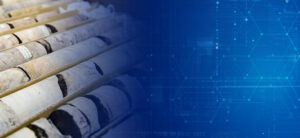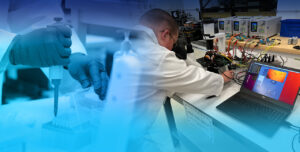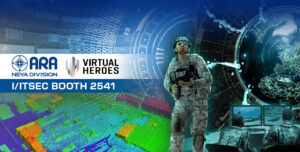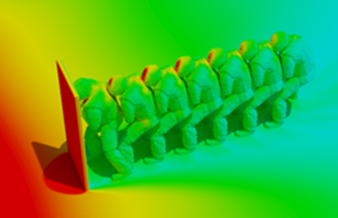
Applied Research Associates, Inc.’s (ARA) shock wave experts perform research that will help protect the warfighter from the effects of blast exposure in training and on the battlefield.
When it comes to mitigating blast exposure, a number of questions arise: Where should explosive breachers stand to reduce injury risk from their own explosives in complex or indoor environments? How well do blast shields protect breachers from blast effects?
Experiments provide limited information on blast overpressure exposure – that’s where ARA’s modeling and simulation capabilities come into play.
To address those questions, ARA created computational models to simulate blast exposure on explosive breachers in complex environments using the SHAMRC high-fidelity multi-physics code. The models were validated with experimental pressure data from breaching events. The simulations provide blast exposure levels over the entire body.
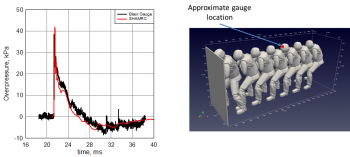
ARA researchers presented three papers related to blast exposure earlier this year at the International Symposium on Shock Waves (ISSW) In Singapore.
In a paper titled “Blast Exposure to Breachers During Training” ARA researchers compared body-mounted blast sensor data with computational fluid dynamic (CFD) simulation results of the blast environment for explosive breachers. The CFD simulation with SHAMRC provides the complete blast loads on the subjects as shown in peak overpressure contours.
Such research provides the military with a better understanding of blast exposure levels on explosive breachers. The blast exposure information from simulations can be used to create new standoff and shielding guidelines for use by explosive breachers in the field, and can also be used to study medical outcomes from blast exposure.
Another paper, “Quantifying Blast Exposure Levels on Humans,” provided a review of ARA analysis of blast exposure data on humans. ARA has been analyzing blast exposure data from the DARPA Blast Gauge since 2012, beginning with combat exposures and more recently from blast exposures to service members in combat training. For example, operators of shoulder-fired weapons like the Carl Gustav, who are exposed to air blast.
The third paper presented, “Comparisons of the Blast Waves from Spherical and Cylindrical Charges”, offers a numerical study of the differences between spherical and cylindrical charges, and shows that the assumption that “far enough away the blast will look like a spherical source” is incorrect.
ISSW covers a wide range of topics including air blast, shock interactions, and hypersonic flow, and features analytical, experimental and numerical studies, both basic and applied, of shock wave and blast wave related phenomena.
Authors:
- Blast Exposure to Breachers During Training: Suthee Wiri, Greg Rule, Charles Needham, Gary Kamimori
- Quantifying Blast Exposure Levels on Humans: Suthee Wiri and Charles Needham
- Comparisons of the Blast Waves from Spherical and Cylindrical Charges: Charles Needham, Jakob Brisby and David Ortley.
